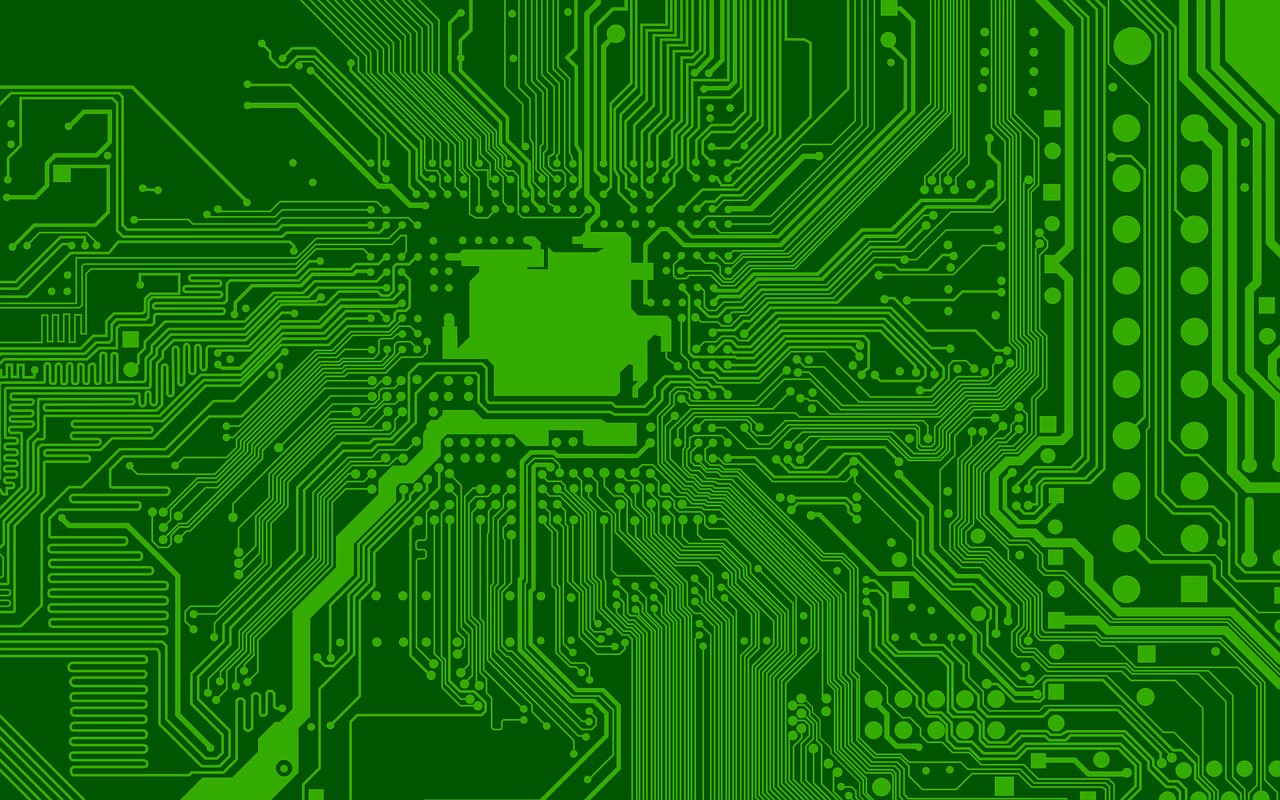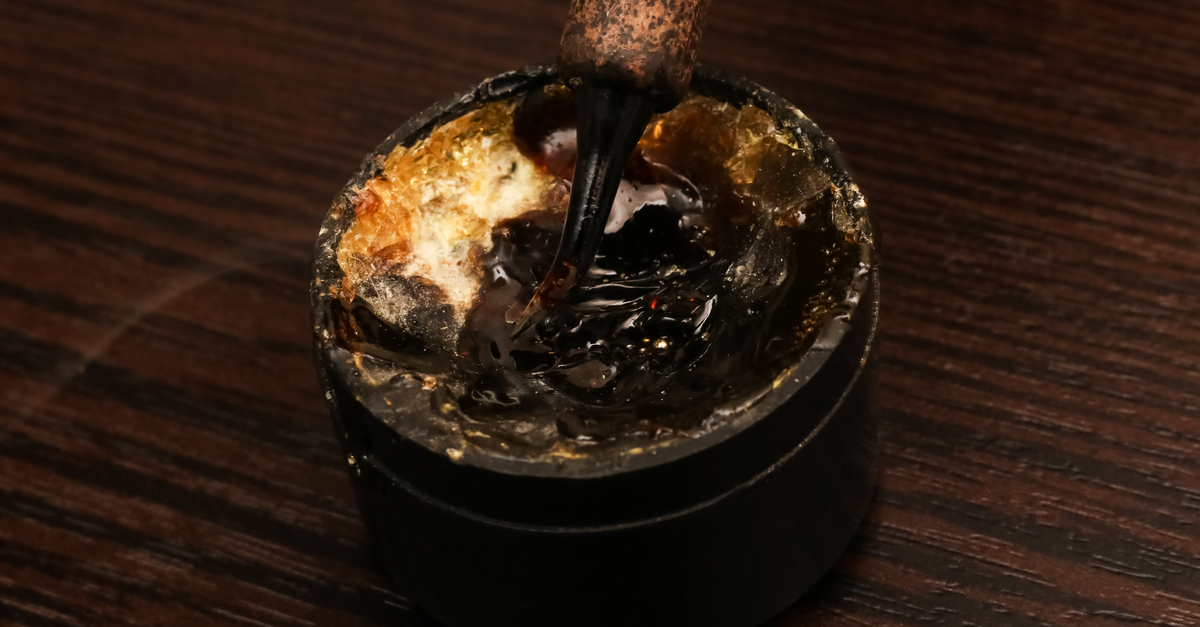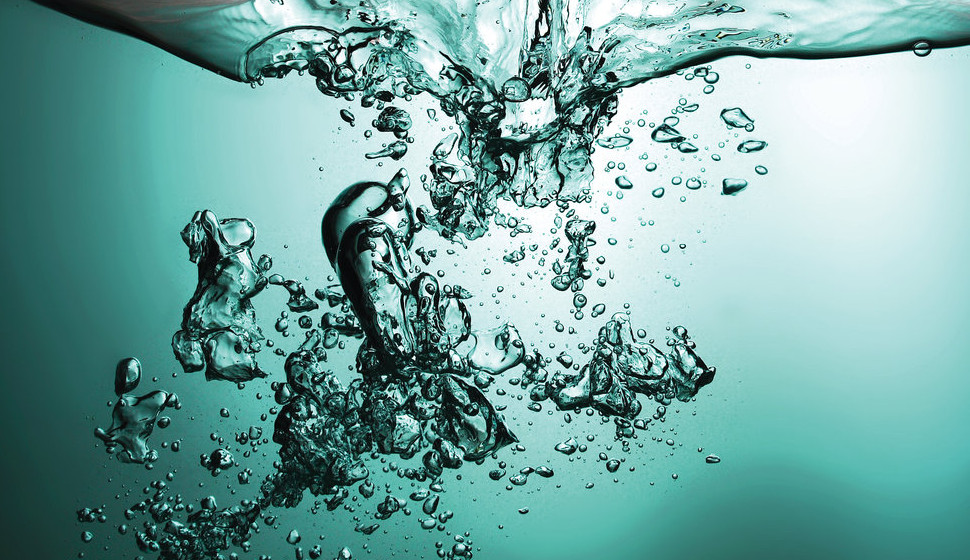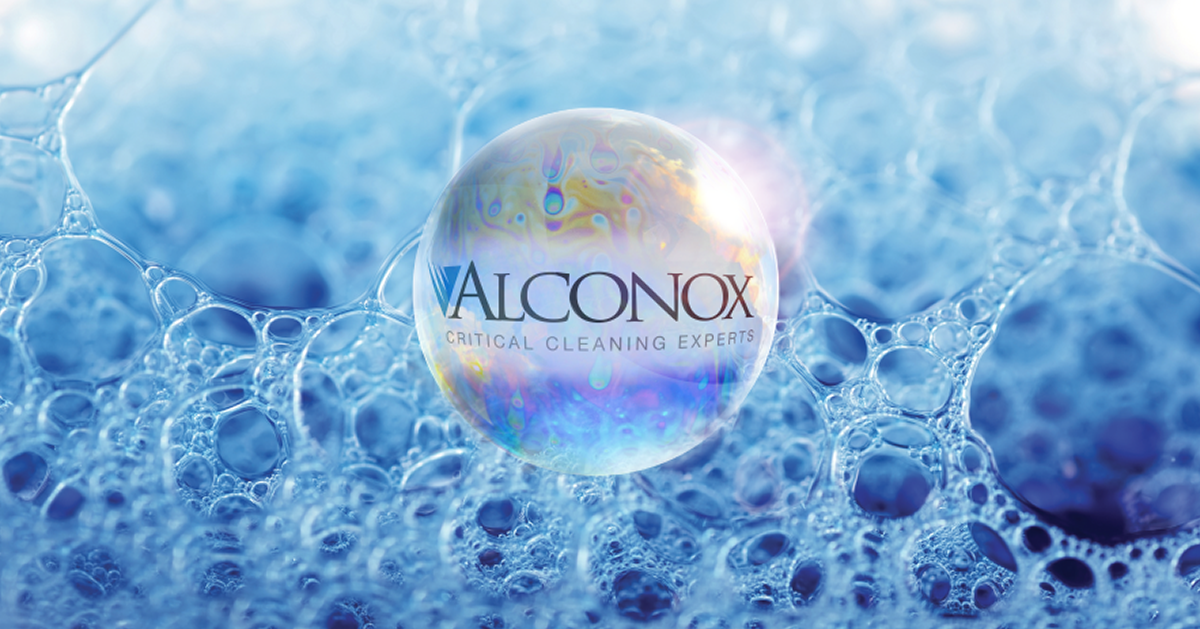Flux Residue Removal
Q. I am seeing a white powder around solder joints on PCBs. Is this solder flux? We use Detergent 8 for cleaning. Do you know why this is happening and how to stop or remove it?
A. There are several ways of approaching this common issue of solder flux and its removal. For example, One way to fix this problem is to lower the temperature when soldering. In another scenario, a leading aerospace manufacturer studied putting potassium silicate (10 mL in 10 L) into the Detergent 8 bath to act as an inhibitor to stop the formation of these white salts.
Removing RMA Solder Flux
Q. We need to remove RMA solder flux on indium/lead soldered subassemblies. Most aqueous cleaners attack this solder. A. According to the Materials H
One Detergent for Mold Release and Circuit Board Cleaning?
Q: What types of Alconox, Inc. detergent would I use to clean a mold release agent? As an aside, is there any chance I could use the same detergent to also clean copper traces off a printed circuit board?
A: Yes! You may indeed be able to use one detergent in both these cleaning applications. But it will only work if the copper is not in the form of an oxide. Here’s why.
Defining Free Rinsing Detergent
A non-free rinsing cleaner might contain fragrances that were designed to deposit and leave a fresh scent, or it might contain corrosion inhibitors that are designed to deposit and leave behind an anti-corrosion film.
Alconox, Inc, cleaners are free rinsing detergents and do not leave deposits on substrates after rinsing.
What is Critical Cleaning?
Q: What precisely is critical cleaning? How does it differ from “regular” cleaning? A: It refers to a very specific type of cleaning. It is where the cleaning itself impacts the value of the finished output from whatever residue/contaminant is being cleaned.




